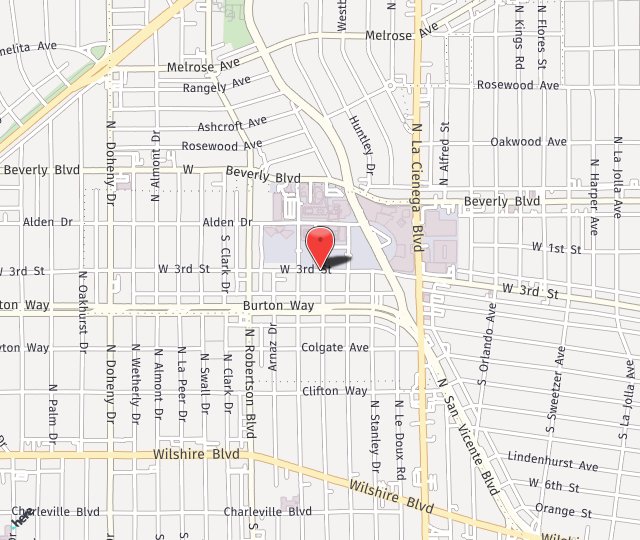Radial Tunnel Syndrome
What is Radial Tunnel Syndrome?
The radial tunnel is a fibrous passageway along the back of the forearm that contains the radial nerve, which is one of three major nerves of the forearm and hand. It is responsible for sensation to the back of the thumb, index, and middle finger. The radial nerve also controls the muscles in the back of the forearm and hand, which straighten the wrist, thumb, and fingers. In Radial Tunnel Syndrome, the fibrous passageway for the radial nerve along the back of the forearm can become narrower and lead to compression of the nerve.
What are the symptoms of Radial Tunnel Syndrome?
With continued compression of the radial nerve, patients can experience a dull, aching pain in the back of the forearm. This pain is often worsened after activities of forceful elbow extension or forearm rotation. In long-standing situations, the pain can be severe enough to lead to weakness when trying to straighten the wrist, thumb, or fingers.
What causes Radial Tunnel Syndrome?
Risk factors for Radial Tunnel Syndrome include repetitive activities of elbow straightening and forearm rotation, obesity, and diabetes. The common factor in these conditions is that they lead to increased swelling in the fibrous passageway and decreased space for the radial nerve. In this situation, the nerve remains in continuity but is its outer lining and blood supply can be damaged by the pressure caused by this tight passageway. In response, scar tissue replaces the natural outer insulation of the nerve, called myelin. Myelin is critical in speeding the transmission of electrical signals to the muscle to cause contractions or from the skin to the brain to produce feeling. With scar replacing myelin, electrical signals cannot easily travel across the nerve
How is Radial Tunnel Syndrome diagnosed?
Radial Tunnel Syndrome can generally be diagnosed by the history of symptoms and by physical exam looking for signs of nerve inflammation. Pain on resisted forearm rotation or on resisted middle finger extension may reveal a radial nerve that is compressed and inflamed. The scratch collapse test is also a useful way to identify if the radial nerve is inflamed in the back of the forearm. For this test, the patient performs resisted shoulder external rotation exercises. The test is considered positive if the back of the forearm is lightly scratched and the patient momentarily collapses while performing resisted shoulder external rotation. In situations where the diagnosis is unclear, a nerve conduction and muscle study can be ordered to obtain more information on the health of the radial nerve and its muscles.
What are the treatments for Radial Tunnel Syndrome?
Treatment of Radial Tunnel Syndrome begins with splinting the wrist straight and the elbow bent at 90 degrees, non-steroidal anti-inflammatory drugs to reduce the swelling and inflammation, diet and exercise in obese patients, and strict glucose control in diabetics. If these measures fail to eliminate the patient’s persistent pain and/or muscle weakness, a radial tunnel release is recommended. In this procedure, a nerve decompression / neurolysis is performed of the radial nerve through a small incision along back of the forearm. The goal is to provide space for the nerve and its blood supply, giving it a chance to regenerate. Doing so in a timely fashion should lead to speedier electrical signals and return of movement, feeling, and function.
What happens after surgery for Radial Tunnel Syndrome?
Radial tunnel release generally takes less than one-hour and can be performed under general or wide awake local anesthesia. After the completion of surgery, the forearm is wrapped in a soft, bulky dressing. Following a 1-2-hour recovery period, patients are discharged home the same day on Tylenol, Motrin, and sometimes on a short course of narcotics. One week after surgery, patients may take off their bandages and get the incision wet. Active range of motion exercises about the forearm are also started at that time. Lifting is limited to 5 pounds for 6 weeks. Six weeks after surgery, patients may resume full activity. With mild and/or intermittent symptoms, pain relief is often immediate. With long-standing or severe cases, relief of symptoms and return of muscle function may be more gradual and over the course of many months.


